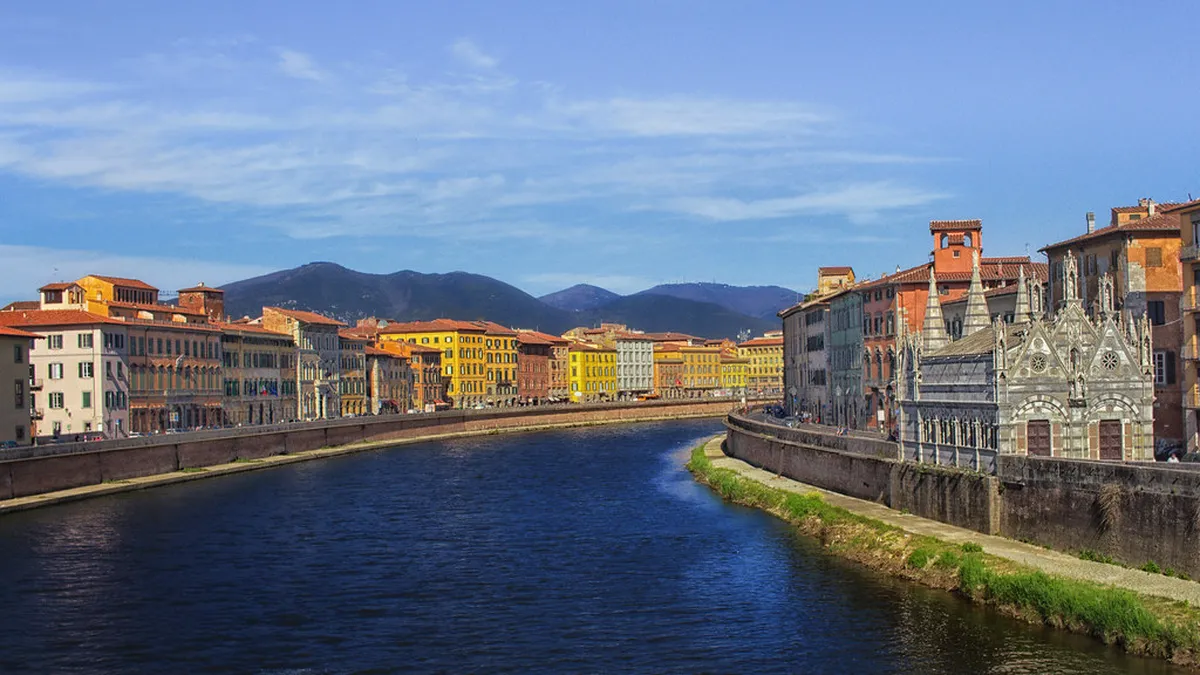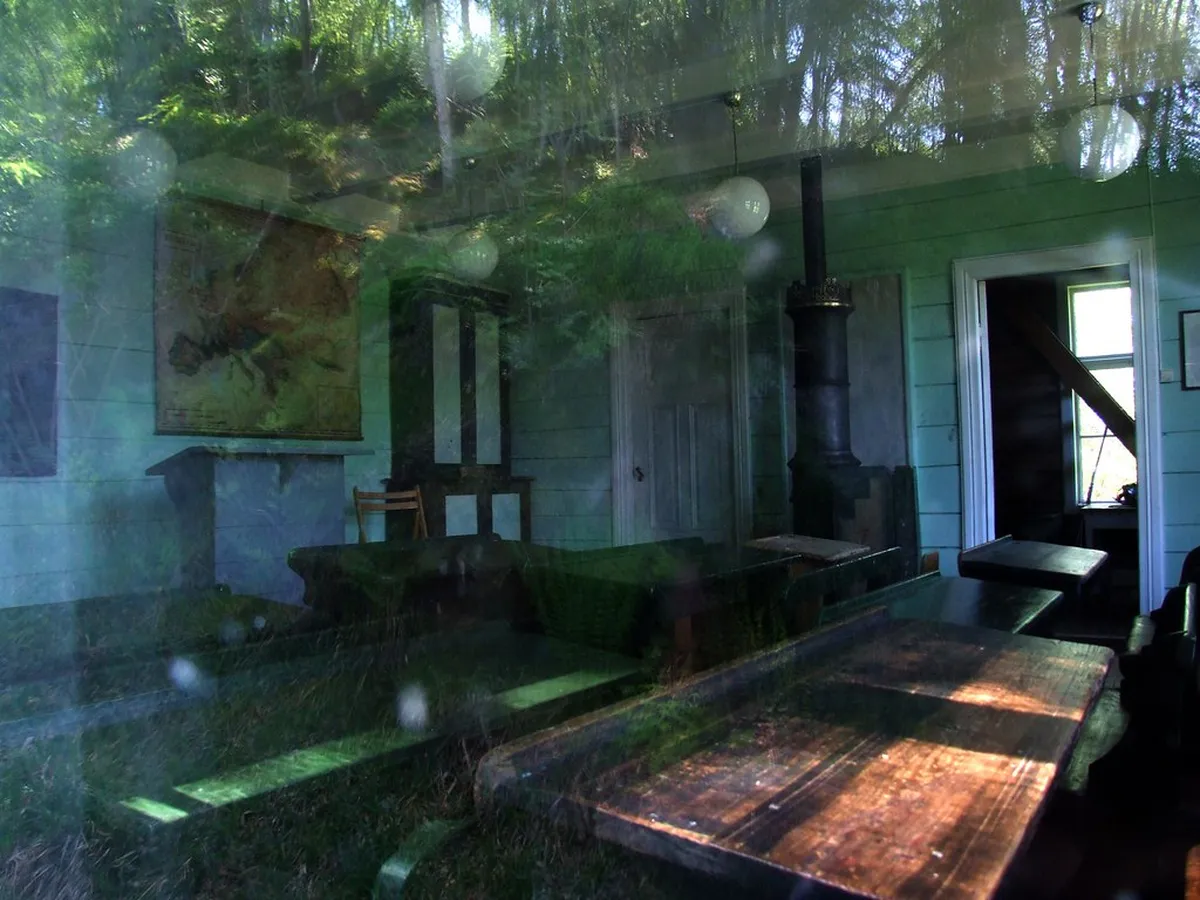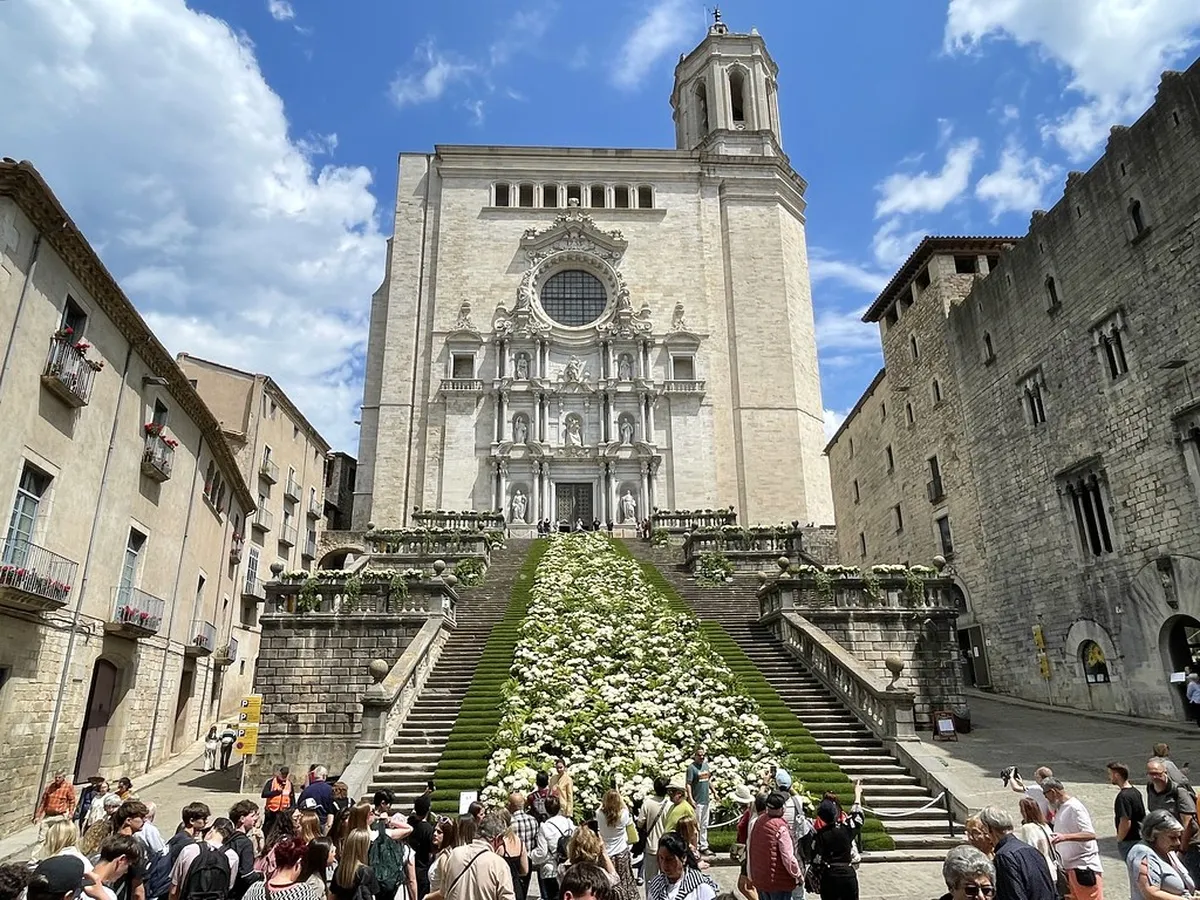Hidden Gems of Jeju: Off-the-Beaten-Path Attractions
While Jeju's famous attractions like Seongsan Ilchulbong and Hallasan Mountain deservedly draw crowds, the island harbors countless lesser-known treasures waiting to be discovered by adventurous travelers. These hidden gems of Jeju offer authentic experiences away from tourist crowds, providing deeper insights into the island's natural beauty, culture, and daily life. This guide reveals secret spots that typically don't make it into standard itineraries but reward those willing to venture off the well-trodden path. After exploring these hidden gems, check out our comprehensive 5-day Jeju itinerary to see how you might incorporate some of these spots into your overall trip plan. Immerse yourself in local culture with our Sur cultural guide.

Secret Beaches and Coastal Spots
Plan this trip faster with our free online itinerary maker. Get a personalized day-by-day plan in minutes.
Escape the crowds at these hidden coastal gems where you can enjoy Jeju's spectacular shoreline in relative solitude. While Jeju's popular beaches like Hyeopjae and Hamdeok are certainly beautiful, these lesser-known spots offer equally stunning scenery with a fraction of the visitors. For more information about Jeju's natural coastal attractions, you can also check our guide to exploring Jeju's natural beauty.
Oedolgae Coastal Trail and Hidden Cove
While Oedolgae Rock itself is well-known, few visitors explore the surrounding coastal trail: Organize your journey with our comprehensive Sur itinerary. Immerse yourself in local culture with our Sur cultural guide.
- Hidden Feature: A small, secluded cove accessible via a short detour from the main trail
- Location: About 1km east of the main Oedolgae viewing platform, near Seogwipo
- Why Visit: Crystal-clear waters, dramatic cliff views, and often completely empty
- Access Tip: Look for a small path descending toward the sea around the midpoint of the coastal trail
- Best Time: Early morning on weekdays, especially in spring and fall
Pyoseon Haevichi Beach
A vast stretch of sand that remains uncrowded even in peak summer: Enhance your Sur experience with our Sur itinerary. Design your dream vacation using our Sur itinerary.
- Hidden Feature: 3.5km of pristine sand with windswept dunes on the southeast coast
- Location: Pyoseon-myeon, between Seongsan and Seogwipo
- Why Visit: Space to yourself even during high season, beautiful sunrise views, sand flats at low tide
- Local Tip: The eastern end has tidal pools perfect for families with children
- Nearby: Small beachside restaurants serving fresh seafood without tourist pricing
Cheonjin Beach
A tiny pocket beach with dramatic volcanic formations: Enhance your Sur experience with our Sur itinerary. Enhance your Sur experience with our Sur itinerary.
- Hidden Feature: Columnar basalt cliffs surrounding an intimate beach cove
- Location: Southern coast near Beophwan Port
- Why Visit: Geological wonders, tide pools with marine life, few visitors
- Photography Tip: Visit near sunset when the basalt columns glow golden
- Access Note: Requires a short walk down natural stairs; not suitable for those with mobility issues
Gimnyeong Seonsegi Beach
A white sand beach loved by locals but overlooked by most tourists: Find the perfect place to stay with our Sur accommodation guide.
- Hidden Feature: Exceptionally soft white sand and shallow, clear waters
- Location: Northeastern coast, near Gimnyeong village
- Why Visit: Family-friendly swimming, nearby pellegia (red algae) beds visible at low tide, gentle waves
- Local Tip: Visit Gimnyeong Maze Park nearby, another underrated attraction
- Food Recommendation: Try sundae (Korean blood sausage) at the nearby traditional market
Local Insight: When visiting lesser-known beaches, remember they may not have the full facilities of tourist beaches. Bring water, snacks, and sun protection, and be prepared to take your trash with you. Map out your exploration with our Sur itinerary. Organize your journey with our comprehensive Sur itinerary.

Recommended reading to enhance your Sur experience
- Is Italy Family Friendly? Your Guide - Plan your perfect trip
- What Watch to Buy in Japan: Your Ultimate Guide - Arrange your visit
Hidden Volcanic Wonders
Beyond the famous Seongsan Ilchulbong and heavily visited lava tubes, Jeju is dotted with lesser-known volcanic formations that showcase the island's fascinating geological history. These sites often provide a more intimate connection with Jeju's volcanic origins. If you're interested in learning more about the most iconic geological sites on the island, see our guide to top must-see attractions in Jeju. Build your perfect itinerary with our Khasab itinerary.
Geomunoreum Lava Tube System
While Manjanggul Cave is the most famous lava tube on Jeju, the Geomunoreum system includes several less-visited but equally impressive tubes: Plan your journey with our Itinerary Maker.
- Bengdwigul Cave - A massive lava tube with unique formations, requiring advance permission to visit
- Gimnyeonggul Cave - Notable for its unusual calcite formations and fossils
- Yongcheondonggul Cave - Contains an underground lake with rare carbonate formations
Getting to these hidden caves requires careful planning and often special permission. For information on transportation options around the island, see our transportation guide for Jeju.
Suwolbong Peak
A UNESCO Geopark site that remains surprisingly uncrowded:
- Hidden Feature: Stunning tuff ring formation and evidence of prehistoric volcanic eruptions
- Location: Northwestern tip of Jeju
- Why Visit: Spectacular sunset views, visible geological layers, coastal hiking trails
- Educational Aspect: Small information center explaining the volcanic formation process
- Best View: Walk to the western edge for dramatic cliffside vistas
Yongmeori Coast
Though temporarily closed at times due to safety concerns, when open it's one of Jeju's most remarkable coastal formations:
- Hidden Feature: Layered sedimentary cliffs resembling a dragon's head plunging into the sea
- Location: Near Sanbangsan Mountain in southwestern Jeju
- Why Visit: Walk along the base of the cliffs at low tide for an otherworldly experience
- Important Note: Check access status before visiting; closed during high tides and rough seas
- Photography Tip: Morning light illuminates the layered yellow and brown rock formations
Daepo Jusangjeolli Hexagonal Columns
While the main Jusangjeolli viewing area can get crowded, few visitors explore further east:
- Hidden Feature: Continuing 1km east along the coast reveals equally impressive formations with hardly any visitors
- Location: Jungmun-dong, southern Jeju
- Why Visit: Same dramatic hexagonal basalt columns without the crowds
- Safety Note: Stay on designated paths as the coastal area can be dangerous
- Best Time: High tide when waves crash dramatically against the columns
Batseom (Field Island)
An uninhabited volcanic islet visible from shore but rarely visited:
- Hidden Feature: Unusual vegetation and nesting seabirds on a perfectly preserved volcanic formation
- Location: Off the northwest coast near Hallim
- Why Visit: Viewable from shore or up close via seasonal boat tours
- Access Tip: Small fishing boats sometimes offer informal trips from Geumneung Beach
- Bird Watching: Bring binoculars to spot various seabirds from the shoreline
Resources to complement your Sur adventure
- Kodaikanal Itinerary: 5 Days of Scenic Bliss - Plan your perfect trip
- Roma Weather Forecast: Your 10-Day Planning Guide - Make the most of your time
- Puducherry Itinerary: 5 Days of Bliss - Arrange your visit
Tranquil Gardens and Natural Retreats
While botanical gardens like Hallim Park are well-known, Jeju hosts several lesser-visited natural sanctuaries perfect for quiet contemplation and connecting with nature.
Jeoji Pottery Village
Not just a pottery center but a beautiful garden complex:
- Serene walking paths through native plantings and art installations
- Traditional Korean tea served in handmade pottery
- Opportunity to watch master potters at work
- Located in western Jeju, near the Gotjawal Forest
- Small entrance fee of ₩3,000 that includes tea service
For those interested in more cultural experiences like this, see our guide to cultural experiences in Jeju.
Discover more about Sur with these guides
- Mysuru Itinerary: Explore in 3 Days in 2025 - Travel smarter
- Sur Itinerary: Explore 3 Days of Adventure - Travel smarter
Authentic Village Experiences
Escape modern tourism and discover traditional Jeju life in these lesser-visited villages where time seems to move more slowly.
Seongeup Folk Village
Unlike the more commercial folk villages, Seongeup is an actual living community:
- Authentic stone houses still inhabited by local residents
- Traditional dry stone walls (batdam) lining narrow village lanes
- Ancient volcanic stone grandfather statues (harubang)
- Working farms and small-scale food production
- No entrance fee as it's a real village (be respectful of residents' privacy)
When visiting rural villages, finding accommodation nearby can enhance your experience. For options across different parts of the island, see our guide to where to stay in Jeju.
Culinary Hidden Gems
Discover authentic local food at these off-the-tourist-track eateries serving genuine Jeju cuisine.
Dongmun Market's Hidden Food Stalls
While Dongmun Market itself is well-known, few tourists venture to its hidden back section:
- Behind the main market building, a maze of narrow alleys holds tiny food stalls
- Local specialties served at plastic tables with no English menus
- Fresh abalone and fish soups prepared by former haenyeo (female divers)
- Half the price of tourist-oriented restaurants
- Best visited around lunchtime (11:30am-1:30pm) when everything is open
For more recommendations on Jeju's food scene, including both famous and hidden dining spots, check our comprehensive guide to Jeju's culinary delights.
Hidden Spots for Special Interests
Unique locations that cater to particular interests or offer distinctive experiences.
Star-Gazing at Geomunoreum Peak
Far from Jeju's light pollution, this remote oreum offers spectacular night skies:
- Minimal artificial light impact due to protected status
- Accessible via a 20-minute hike from the nearest parking area
- Best visited on clear, moonless nights between October and April
- No facilities, so bring your own equipment and supplies
- Permission may be required for late-night access - check with visitor center
If you're visiting with family and looking for other activities children might enjoy, see our guide to family-friendly activities in Jeju.
Seasonal Hidden Gems
Some of Jeju's most magical hidden spots are only accessible or at their best during specific seasons.
Winter: Gotjawal Ice World
After rare snow or freezing rain, parts of the Gotjawal Forest transform into natural ice sculptures:
- Ice formations on volcanic rocks create surreal landscapes
- Best seen in the Aewol Gotjawal areas after temperatures drop below freezing
- Typically occurs only a few days each winter (January-February)
- Local guides can help locate the best viewing spots
- Requires sturdy footwear with good traction
For more information about what to expect during different seasons on Jeju, including other seasonal phenomena, see our guide to seasonal highlights in Jeju.
Tips for Discovering Your Own Hidden Gems
Beyond our recommendations, here's how to find your own secret spots on Jeju Island:
- Talk to locals: Hotel staff, restaurant owners, and taxi drivers often know hidden treasures
- Use Korean-language resources: Many secret spots are documented in Korean blogs but rarely in English guides
- Follow unmarked trails: Some of Jeju's most beautiful spots are just off main paths
- Rise early: Even popular places become "hidden gems" at sunrise when most tourists are still sleeping
- Explore during off-seasons: Visit during shoulder seasons for a more authentic experience
For additional practical tips to help you make the most of your Jeju adventure, check our essential Jeju travel tips.
Frequently Asked Questions
A: Yes, Jeju is generally very safe. However, always inform someone of your plans when visiting remote areas, check weather forecasts, and respect warning signs, particularly around coastal areas and in volcanic terrain.
A: While having a rental car provides the most flexibility for exploring lesser-known locations, many can be reached by taxi or occasionally by public bus. Some tour companies also offer specialized tours to less-visited areas.
A: Spring (April-May) and fall (September-October) generally offer pleasant weather with fewer tourists. However, some hidden gems are season-specific, so research your particular interests.
A: Limited or no English signage is common at truly off-the-beaten-path locations. Consider using a translation app, hiring a local guide, or learning a few basic Korean phrases to enhance your experience.
Exploring the hidden gems of Jeju reveals a richer, more authentic side of the island beyond its famous postcard attractions. These lesser-known places offer not just freedom from crowds, but deeper connections to Jeju's natural beauty, traditional culture, and local way of life. By venturing off the standard tourist routes, you'll discover personal favorites that create lasting memories and stories unlike those of the average visitor. While the famous attractions certainly deserve their reputation, it's often these secret spots and unexpected encounters that become the most treasured highlights of a Jeju journey. As you explore, remember that today's hidden gems could become tomorrow's tourist hotspots—enjoy them respectfully to preserve their special character for future adventurous travelers.
Want to make the most of your Sur adventure?


